Miccosukee Hemp Visions v4.20
by Rev. Houston R. Cypress, Otter Clan
Board of Directors
Love The Everglades Movement
I brought along my co-founder Jean Sarmiento, and a small group of friends who are also community leaders in the arts, such as Ray Orraca, multidisciplinary artist Franky Cruz, creative visionary and renaissance man DAZE of HIGHMERICA, artist Sofia de Cardenas, native plant landscaping leader Sunkeeper Environmental Solutions, and a heavyweight in creative literary publishing, so we could have a friendly discussion about the status of Miccosukee Hemp visioning.
We met up with TRISTAN TIGERTAIL, a gentleman from the community of the Miccosukee Tribe of Indians of Florida. Tristan played an important role in setting up the regulatory framework for the Tribe’s entry into Hemp Production.
Click this link to read the Miccosukee Hemp Regulations:
https://www.ams.usda.gov/sites/default/files/media/MiccosukeeTribeHempPlan.pdf
As we zigzagged across the wetland home of the Miccosukee people, we stopped and said hello to a straggler alligator, as most of them have been congregating in the canals to the west, according to Tristan, who was also our airboat driver. Jean reminded us of the challenges that high-water levels bring, and the ways that it negatively impacts tree island plant and animal life.
I don’t know what it is about the River of Grass, but when you’re out there, conversations inevitably turn to healing and medicine. The conversation opened up by speculating on the potential for hemp plants to improve water quality, and turned to evidence of hemp cultivation on land to improve soil quality. The focus zoomed in on the specific healing capacities of cannabinoids such as CBN and CBG as well as others.
I was impressed at this latest iteration of indigenous self-determination. As we talked about the various interpretations and expressions of Treatment as a State, we discussed how that term was interpreted by the Miccosukee Tribe to create exemplary environmental regulations pertaining to Water Quality and Phosphorus, Flows and Levels, and Nonpoint Source Pollution Management.
Betty Osceola recently announced her newest brand with a Facebook post: RedWoman CBD. Betty will sell her CBD products at the 2021 Motorcycle Swamp Rally this weekend in Ochopee.
The 2021 Motorcycle Swamp Rally is an interesting choice to launch a CBD product line.
The Motorcycle Rally promises to be a rollicking good time with live musical performances by Cypress swamp musical legend RAIFORD STARKE, with footstomping good tunes by THIRD WHEEL, and SOUTHERN STAMPEDE.
Miccosukee family are keeping the legend of IONA'S FRY BREAD vibrant with their mouth-watering Indian Burgers. And make sure to take home some of that famous SKUNK APE HOT SAUCE available in 3 flavorsl
Cruise on over to the 2021 Motorcycle Swamp Rally this weekend. Saturday and Sunday, April 24 & 25, 11am to 6pm on both days.
When it comes to environmental conservation, indigenous rights are everyone’s rights. When we support the Miccosukee position on Everglades matters, we are supporting the indigenous-led science that underlies meaningful Everglades Restoration efforts.
A healthy Everglades supports the Miccosukee cultural practices, and benefits everyone else through the many ecosystem services that it provides, including the refreshing of the aquifer where our drinking water is drawn from.
How fascinating that the next steps in Everglades conservation include supporting Hemp cultivation by an indigenous community!
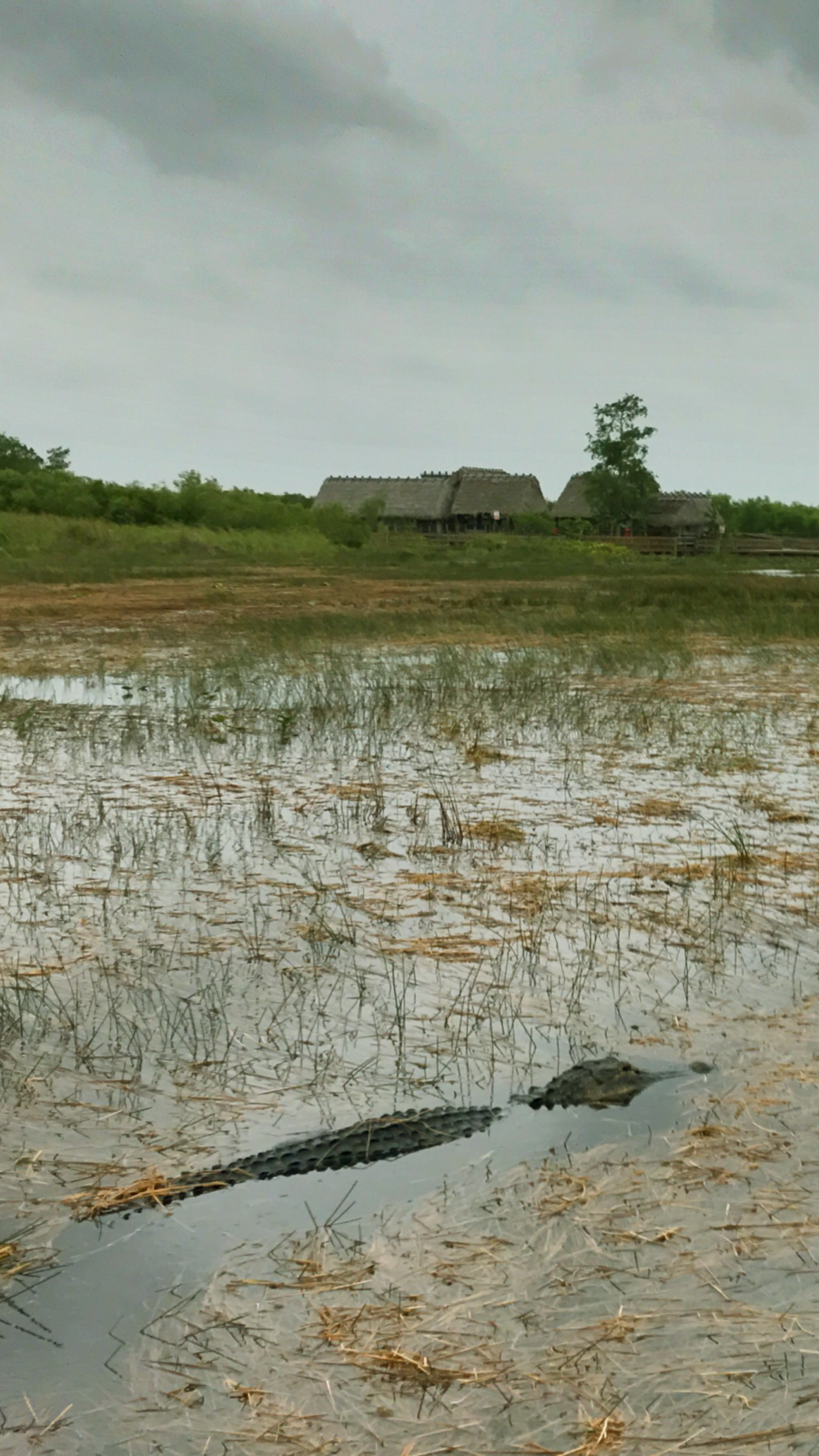
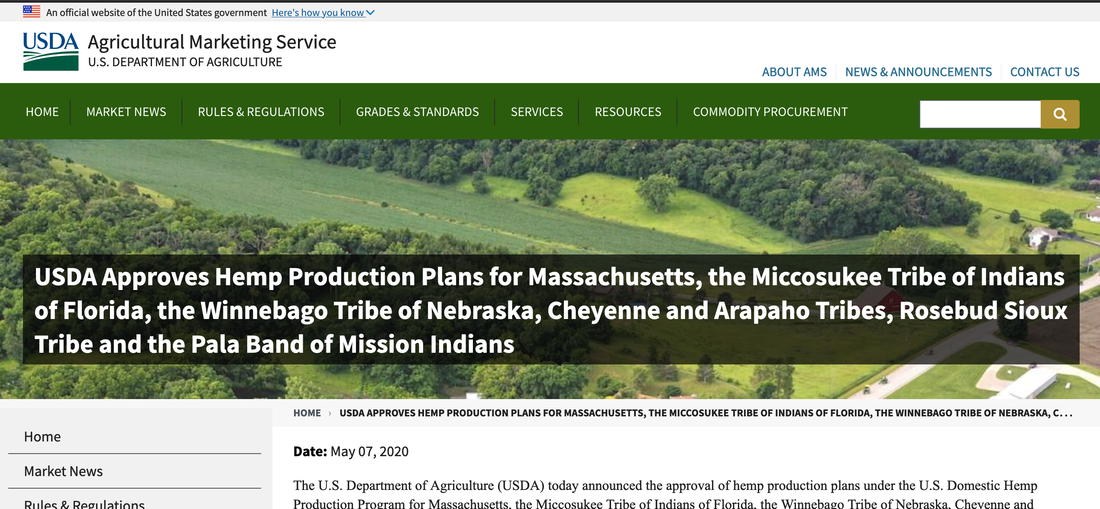
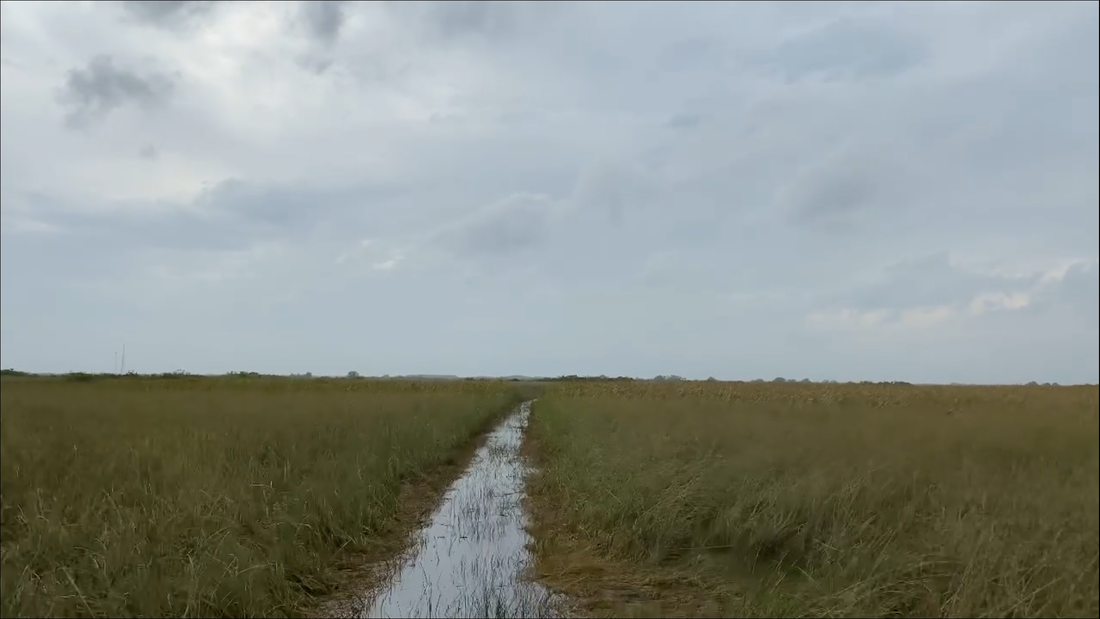

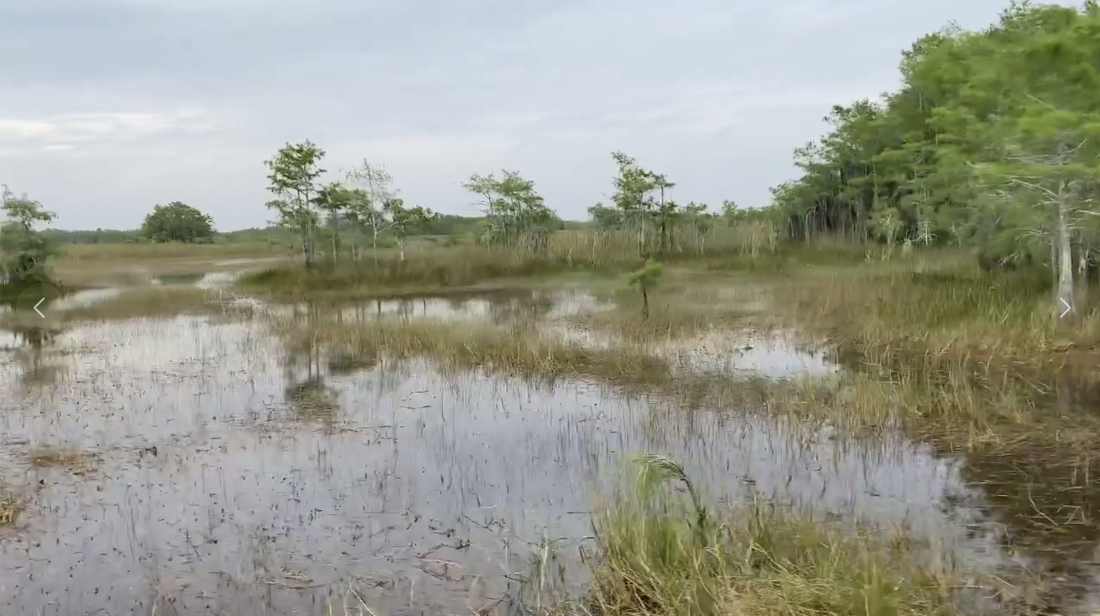
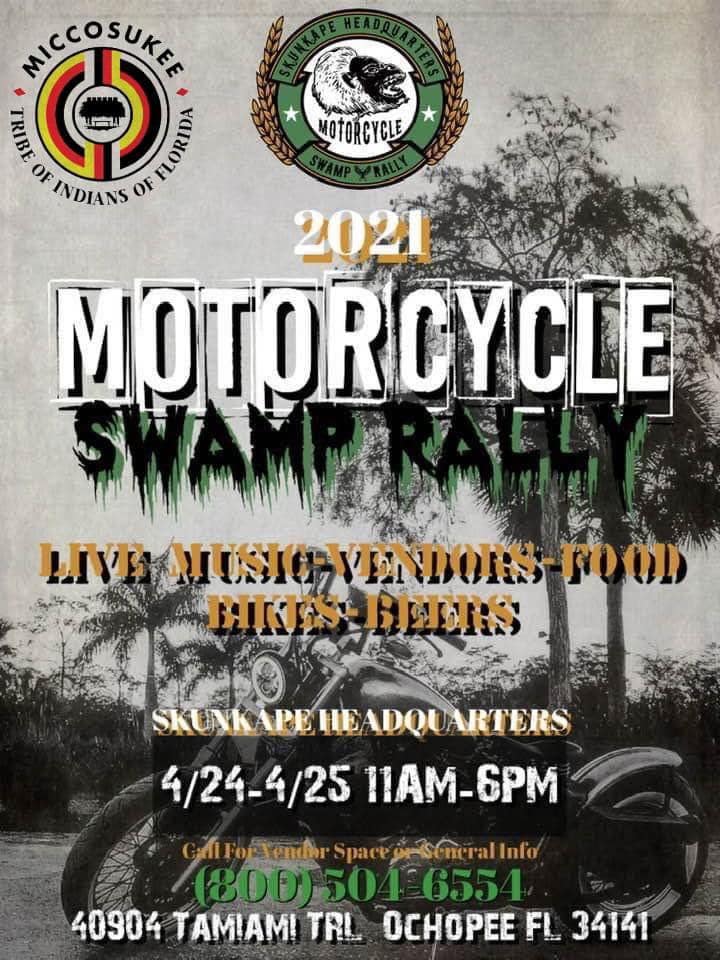
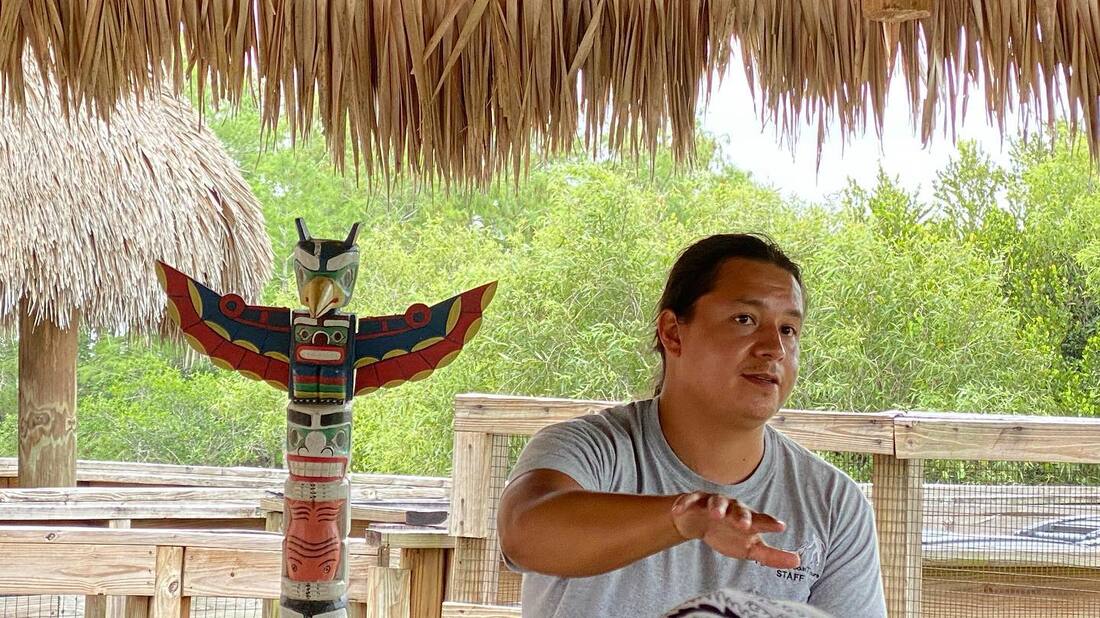
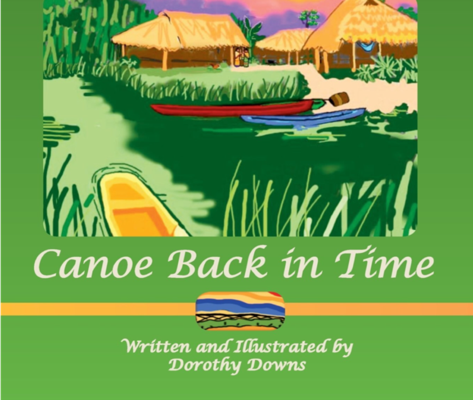

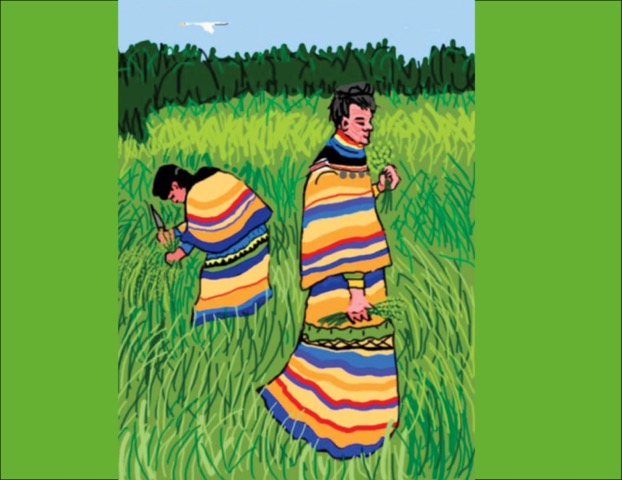
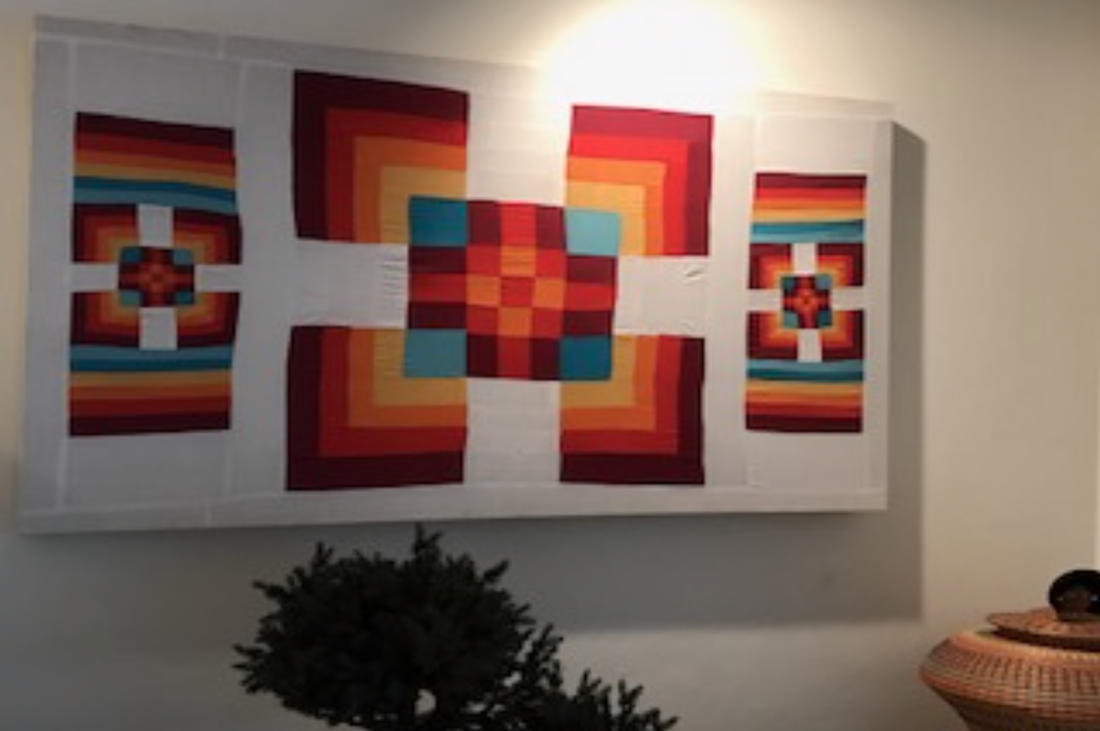
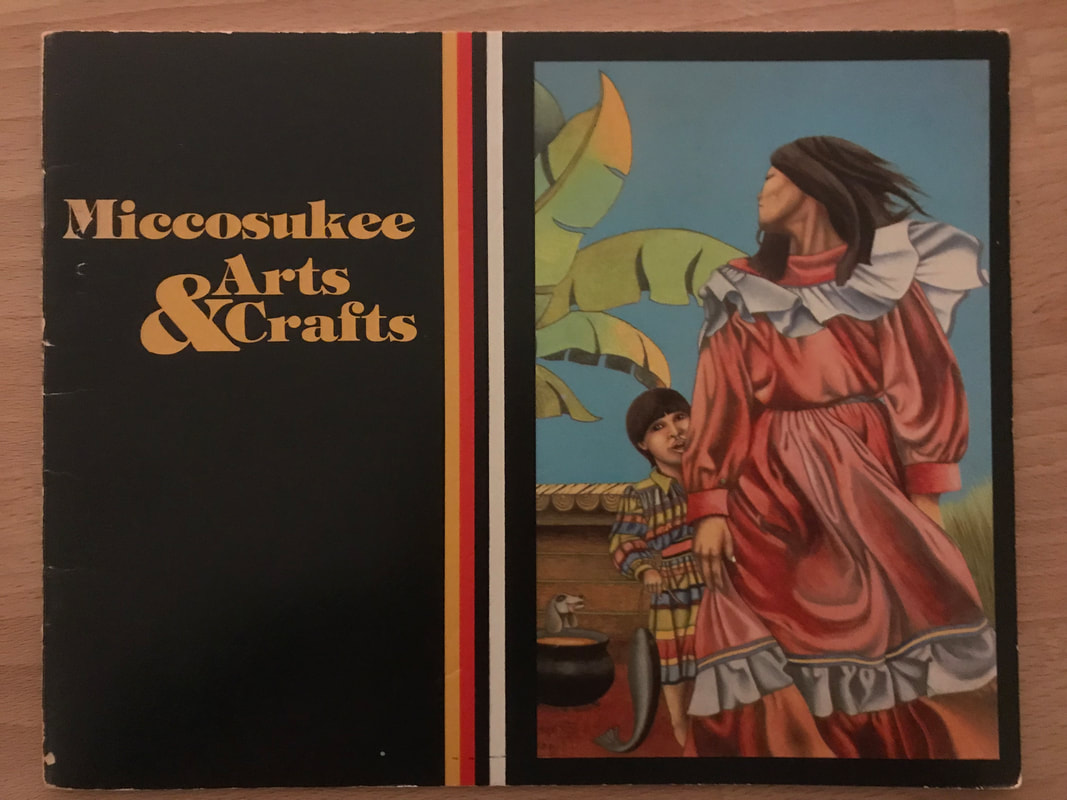
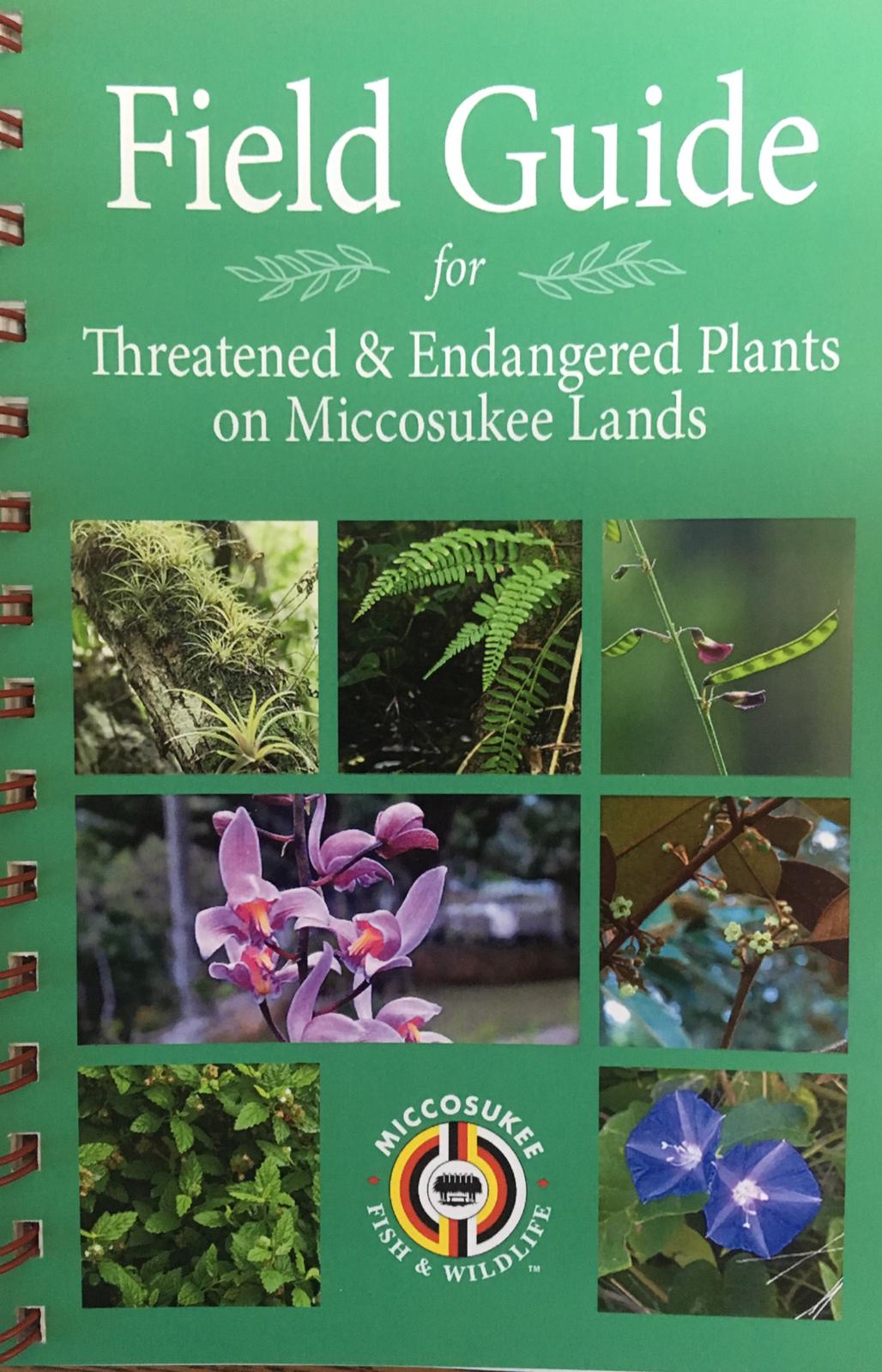
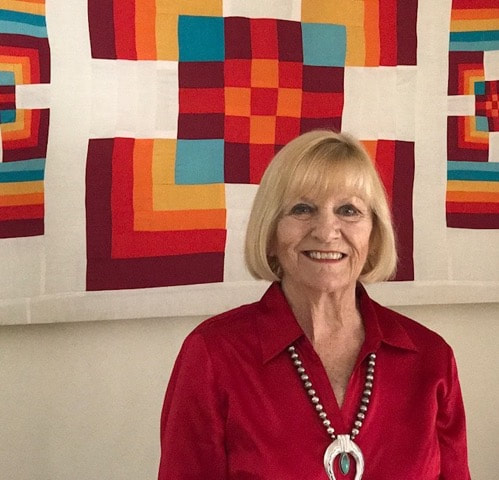
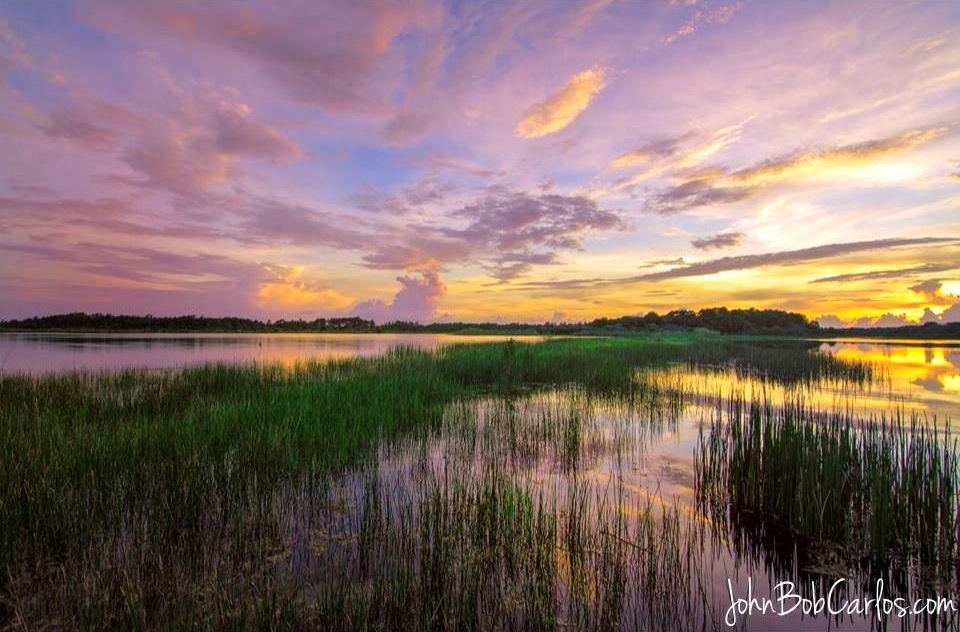
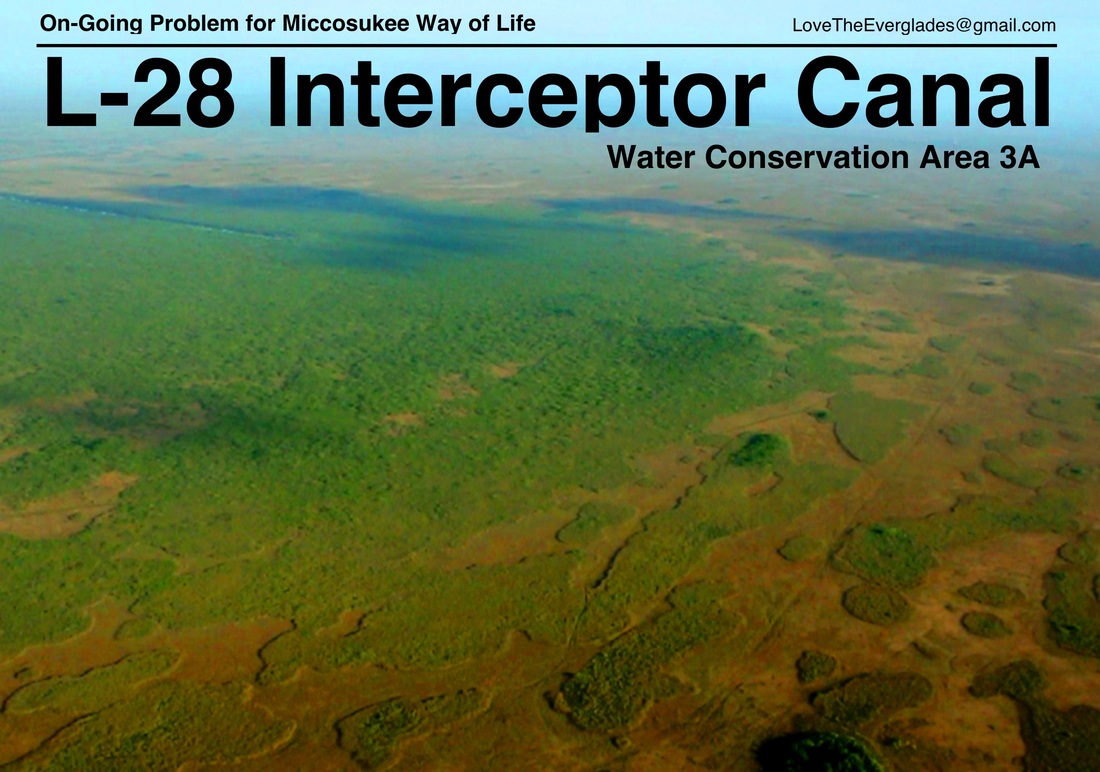

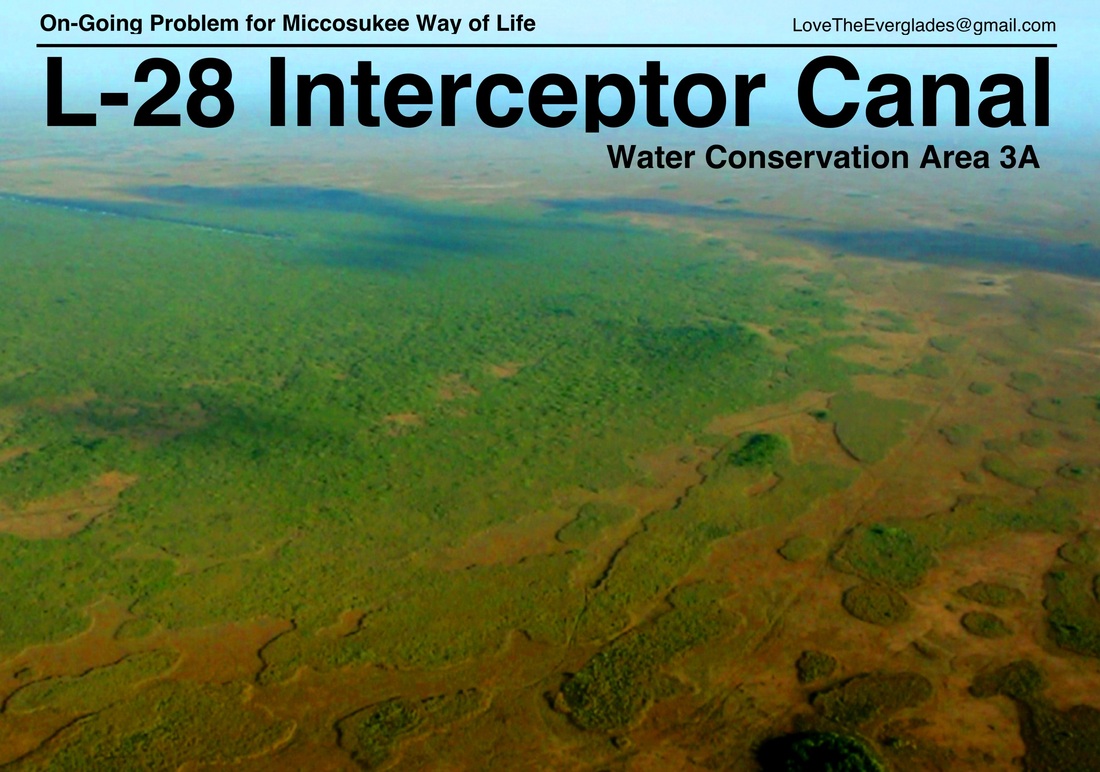
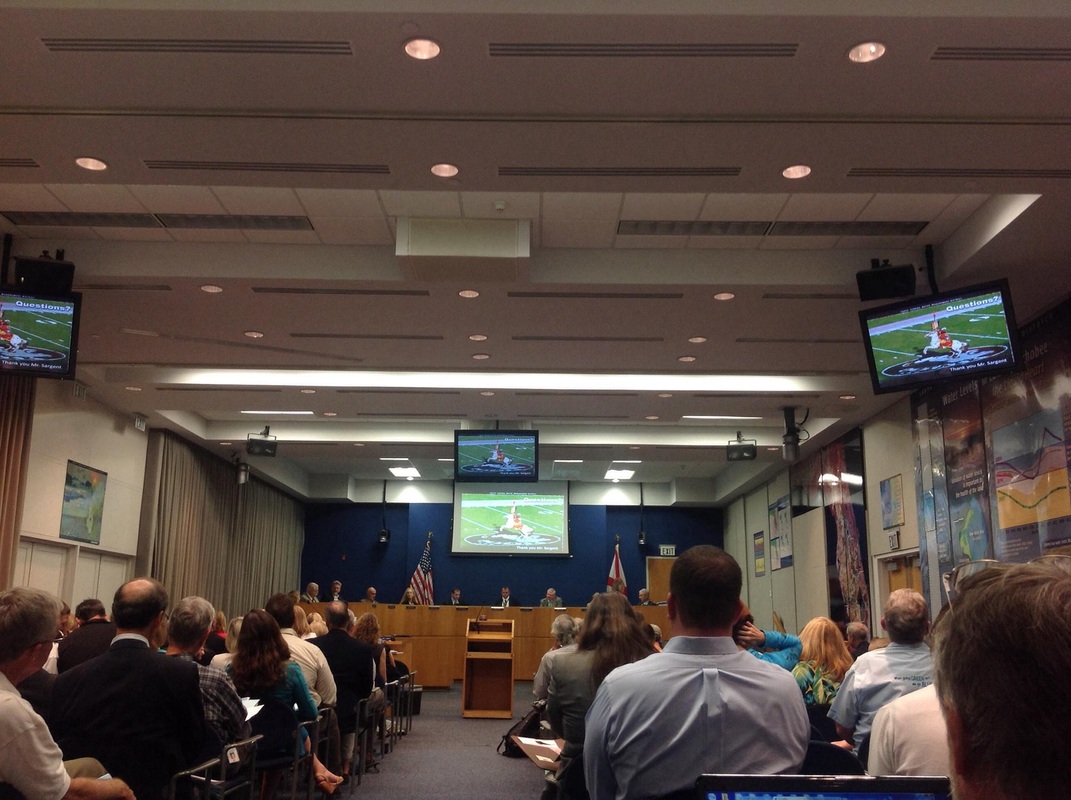
 RSS Feed
RSS Feed